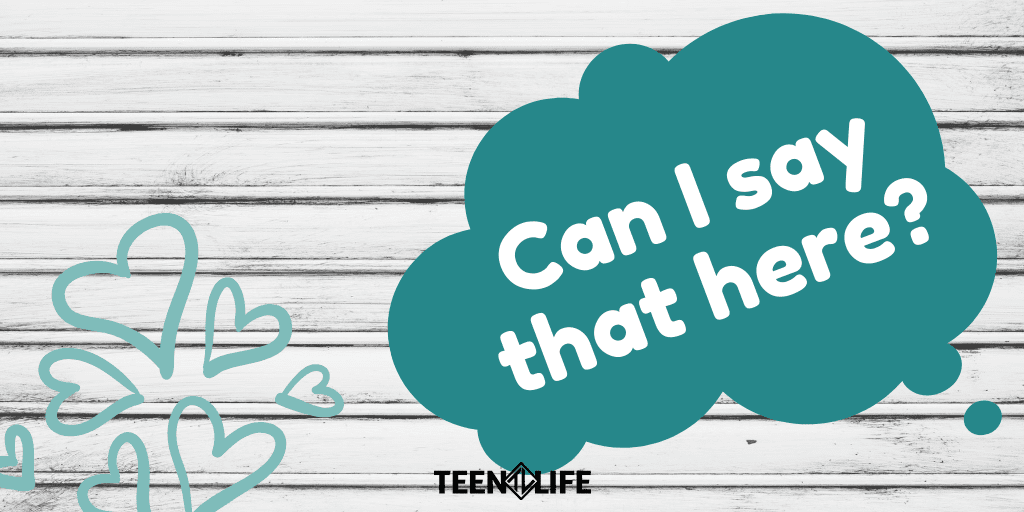I was recently leading a support group with 7th grade students. During one of our introduction activities, a girl started to share — and then paused. She thought for a moment, and then said, “My answer is from The Bible. Can I talk about that here?”
This is the constant question of students around us – students who live in an unsafe world – Is it okay to say what I feel here? Or the deeper version – Is this a safe place?
I opened it up to the group, and the consensus from the seven other students in the room was that she could share and not be picked on or made fun of in our circle, despite many of the others in the room having vastly different beliefs.
Seventh graders don’t typically ask if a group is safe unless they have spent time in spaces that aren’t.
Whether its mean girls, cyberbullying, or slut shaming; whether in families, in homes, or in social media fights about politics – our students are all too exposed. They need safe spaces.
A safe space, by definition, is a place intended to be free of bias, conflict, criticism, or potentially threatening actions, ideas, or conversations.
We can help create legitimately safe spaces with our students by implementing a few simple ideas:
- Set Norms. In all of our groups, our students walk through a process to set norms, or behavioral expectations, before ever being asked to open up and share. Norms provide member led guidelines for what behavior and attitudes are appropriate for the space. It’s the same at home – one of our norms is “you can say whatever you want as long as you say it with respect.”
- Don’t Assume. It’s easy to group people together, or to make assumptions about how someone is feeling. It’s much harder to ask clarifying questions such as, “Can you tell me more about that?” or “I heard you saying _____. Is that correct?”
- Listen more than you talk. Students (and adults) do not want to share when no one is listening or when they feel like they are competing with someone or something else.
- Be shock proof. In order for a space to be safe, students need to be able to share the good, the bad, and the ugly. If they think you can’t handle it, they won’t share.
In a world of constant exposure to the threat of “fails” going viral or intimate details being shared publicly, our kids need safe spaces. More than ever, they need a place away from the videos, the snaps, and the cloud-connected threats of exposure.
They desperately need safe places. You can create those. And you can make the difference. Help make that space for others.

